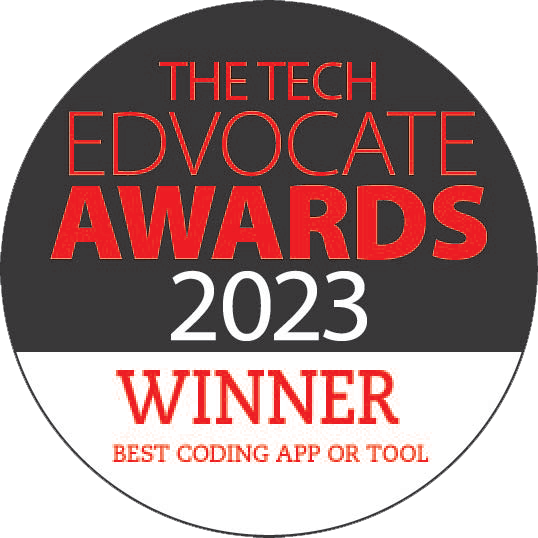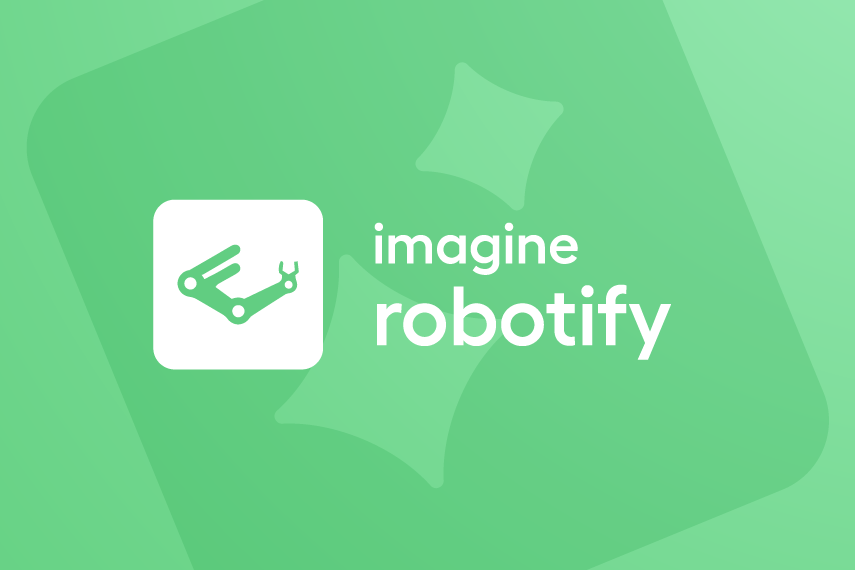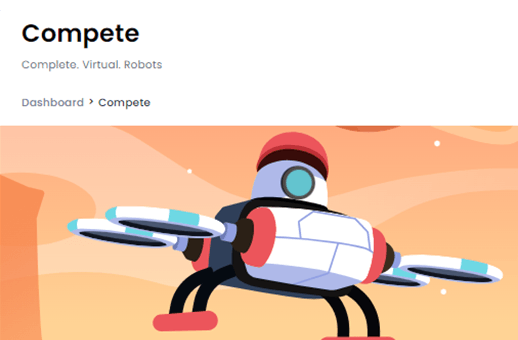Imagine Robotify®
Empower students in grades 3–8 to learn computer science in a fun, engaging, and accessible way.

An Immersive Computer Science Experience
Discover the best option for students in grades 3–8 — and the educators who support them. Students learn to code by programming virtual robots in amazing virtual environments.
The way computer science is meant to be taught
Offer students the freedom and creativity they need to realize their ideas by developing capacity for critical thinking, creativity, collaboration, and communication. A best-in-class, 3D browser-based robotics simulator engages students in learning to code in Blockly and Python. In addition to the rich CSTA-aligned curriculum, Imagine Robotify includes all the easy-to-use instructional resources educators need to run a successful computer science program.
Awards and Buzz
Previous Awards


More Than Just a Coding Class
Robots without the hassle
Students learn to code by controlling virtual robots in engaging 3D virtual environments.
Fun with computer science
Students progress at their own pace while also enjoying a gamified learning experience.
Real experience
Students use Blockly and Python coding to solve real-world challenges.
Students Gain Access to Computer Science
At Seitz Middle School in Riverview, Michigan, educators share how they don’t need expensive hardware, mechanical robots, or coding experience to implement a dynamic computer science program.
“…What really sets it apart from anything else on the market are the educator resources. An educator that has zero experience with coding can walk in and use Imagine Robotify with their students and hit the ground running.”
— Amy F., STEM Teacher, Seitz Middle School in Riverview, Michigan
Teach the Skills of Tomorrow, Today
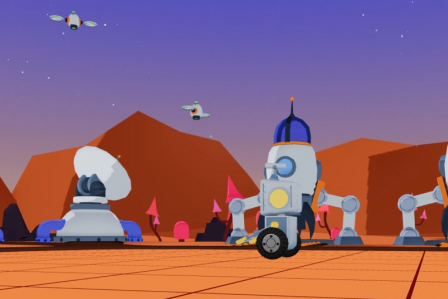
Real-life challenges in amazing 3D virtual environments
With Imagine Robotify, students have access to over 1,000 different coding activities and games, including 24/7 access to the latest and greatest robots without purchasing hardware. It’s the easiest way to help all students learn computer science while also teaching vital life skills.
Support Learning Breakthroughs

Easy and accessible
Access Imagine Robotify on any device: computers, laptops, tablets, Chromebooks, and even smartphones. It’s all in-browser, so no download is ever required, just a simple sign in.
For educators, we offer simple sign on using SSO/SIS. Plus, roster your students in minutes via Google Classroom, Clever, and more.
Coding that sticks
Students solve real-life challenges in incredible 3D virtual environments and use their new coding and computer science skills to complete various tasks. Performance-based automatic assessments and built-in mini quizzes reinforce concepts covered. Student Progress Metrics are then available to view lesson progress, quiz results, concepts mastered, and other insightful performance data.
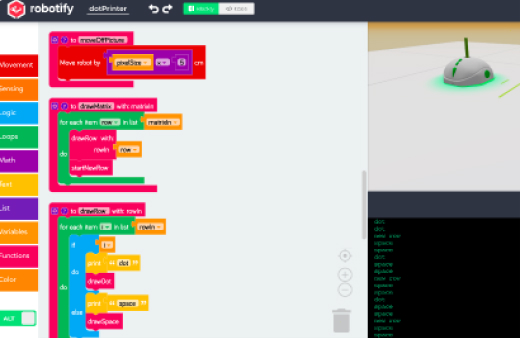
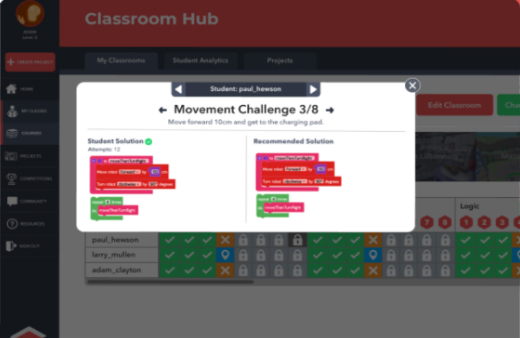
Resources for teachers and students
Students have anytime-anyplace access to the latest and greatest robots without costly hardware. Teachers can access our virtual community of educators, a great place to ask questions and get a variety of responses from other computer science instructors.
Coding up to standard
We hold ourselves to the highest educational standards with a comprehensive, interactive CSTA-aligned computer science curriculum.


Building an equitable future
Imagine Robotify’s newest advanced Python course is intentionally designed to engage girls as much as boys, which can help close computer science’s persistent gender gap.
Ignite a Passion for Computer Science
Open a world of future opportunities to your students.


